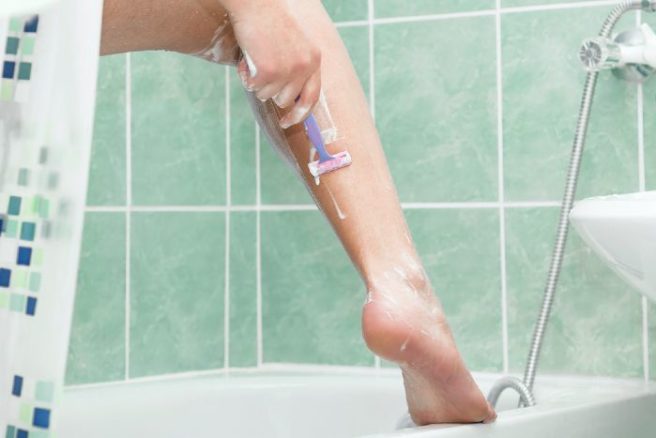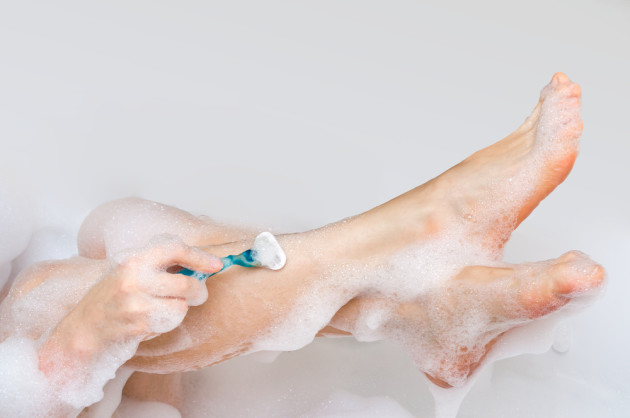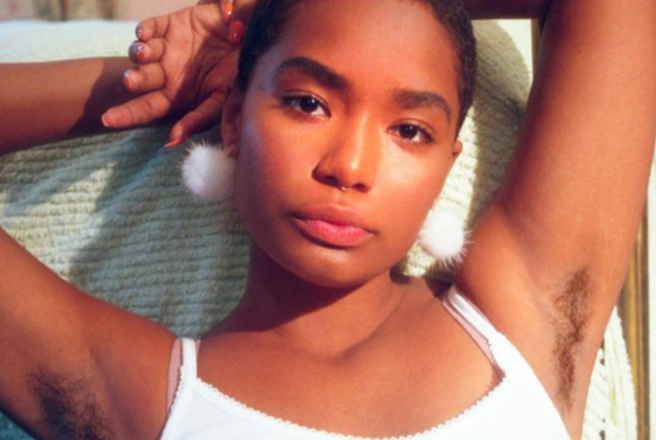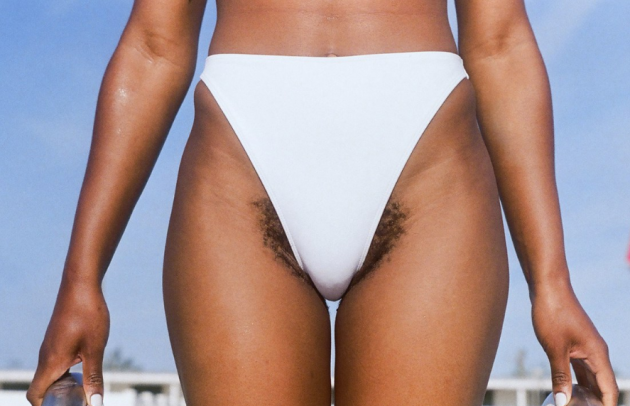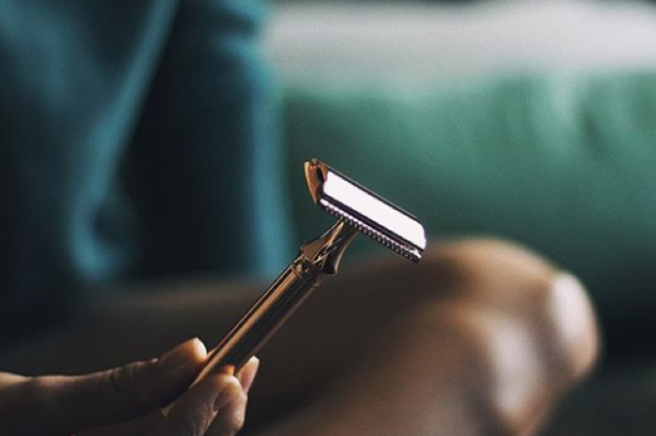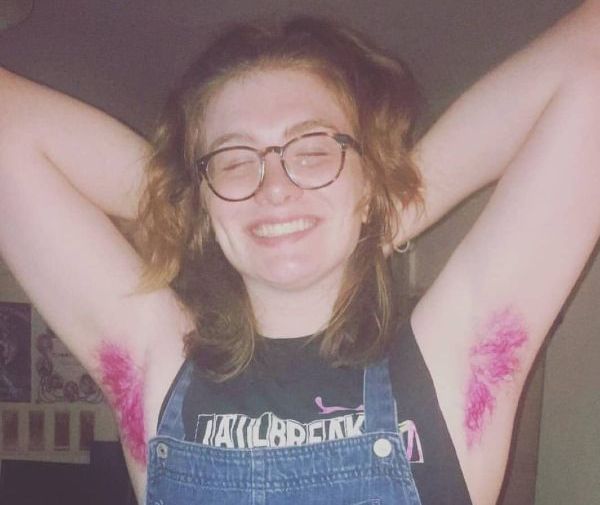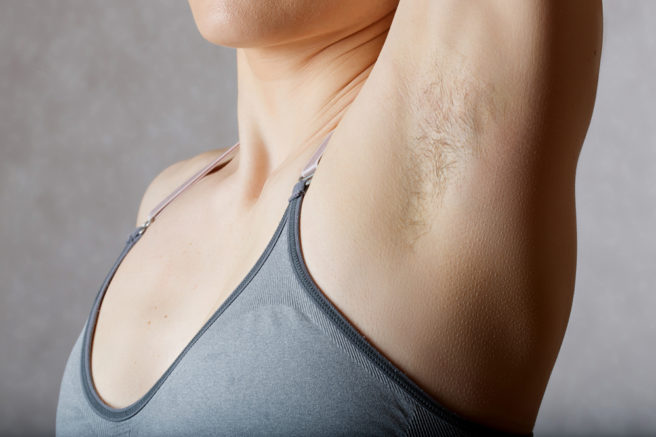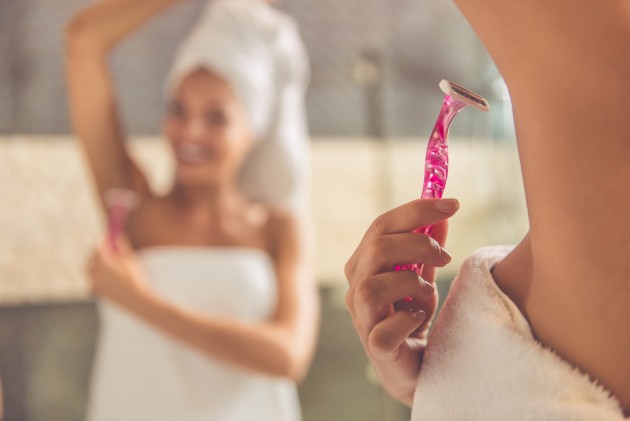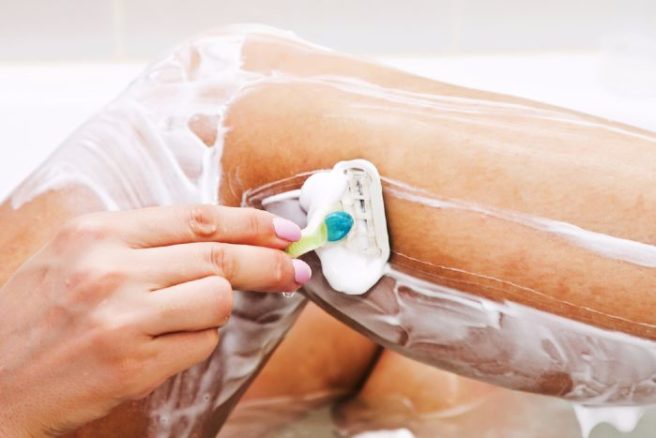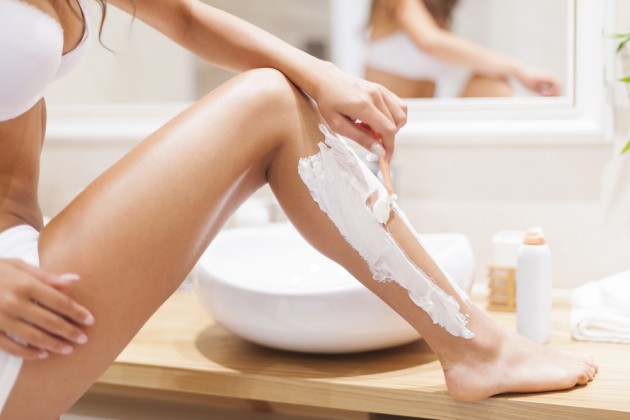For most women, if not all, removing hair from their neck down to their toes is an integral part of their grooming process. Having perfectly smooth and silky skin makes them feel confident and beautiful. Today, there are many methods of removing this hair, with each of them having their benefits and drawbacks.
Creams, waxing, laser treatments, and razors are some of the methods, but for most women, it all boils down to whether to choose a shaver or an epilator.
The two hair removal devices are the most accepted among women, especially those who do not want to spend so much in beauty parlours and those looking for a less risky method with great results.
But what should you choose between an electric shaver and an epilator? Below we discuss the key differences between electric shavers and epilators to make it easier for you to decide.
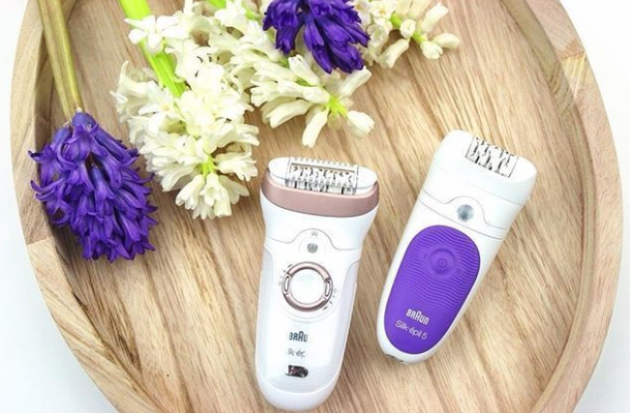
Working Mechanism
The primary difference between an electric shaver and an epilator is based on whether the hair is removed below or above the skin level. Shavers use cutters to slice the hair off at skin level, leaving the root under the skin.
On the other hand, an epilator uses tiny, rotating tweezers to remove the hair at the root level, leaving a much smoother skin. The surface of the epilator rotates as it passes over the skin, grabbing the hairs and slickly removing them from the follicle.
Comfort
Epilators are quite painful and offer a certain level of discomfort, especially your first time. An epilator uses about 15-20 tweezers to pluck out hair from your skin, so you can be sure you'll experience some amount of pain.
This pain factor can limit where the device can be comfortably used.
For most women, the face, armpits, and genital areas are too sensitive for epilator use. However, most epilators have two rotation speeds, and hence you can use the slower one for such areas.
Moreover, once you use it repeatedly, you get accustomed to the pain, and you don’t experience it as such. Applying some ice on the skin surface can help soothe the pain.
On the contrary, a shaver will barely hurt since it just trims down the hair. You can comfortably shave even the sensitive parts. However, you need to be careful with the curvy parts, so you don’t cut yourself.
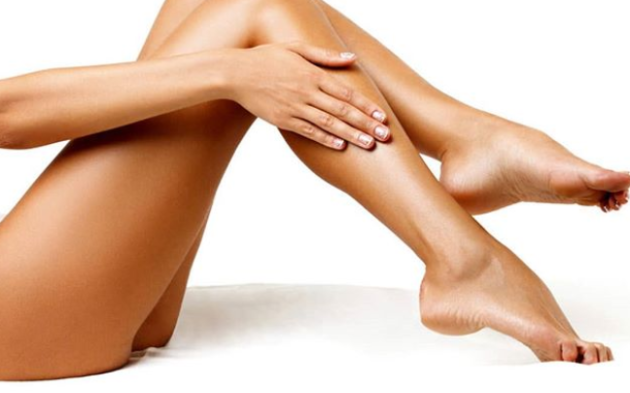
Stubble
Since shaving cuts down the hair at the skin level, it just makes it shorter rather than completely removing it from the skin surface.
Though you’ll find the skin smooth right after shaving, the hair will grow quicker, and stubble will be visible in just a day or two, especially if you have black hair.
When you use epilators, the roots of the hair are destroyed, and the hair takes a relatively longer time to grow again, offering a more lasting smoothness.
Speed
When choosing the right hair removal device, it’s important to consider the speed of operation. How much time do you want to spend removing the hair on your legs, arms, and back? Shaving is considerably faster than epilating.
This is because, when epilating, you have to hold the device perfectly perpendicular to the skin so as not to break the hair mid-way. When it comes to shaving, you can shave as fast as you can as long as you’re careful not to cut yourself.

Effectiveness
As mentioned earlier, epilators work by plucking out hair from the roots beneath the skin. This leaves a smoother skin surface, and since the roots are destroyed, hair takes much longer to grow again. In addition, the hair that grows is much thinner than before.
On the other hand, shavers cut hair at the skin’s surface, leaving a relatively rougher skin and the hair grows much faster. In addition, the hair that grows after shaving is thick and coarser than the previous.
Therefore, it is quite clear that epilators offer better results in terms of smoothness and durability hence are more effective than shavers.
Hair Length
The two devices also have different requirements regarding how long the hair should be to successfully remove it. Typically, an epilator is most effective when the hair is at least 0.25inches in length. On the other hand, a shaver can cut the hair at any length, even that which is closer to the skin.
Cost
An epilator can cost you between €26 and €180 depending on the quality of the device, brand, and the features offered, but there are no other costs once you’ve bought it.
Electric shavers, on the other hand, are cheaper, ranging from about €8 to €80. However, you will need to replace the blades now and then.
